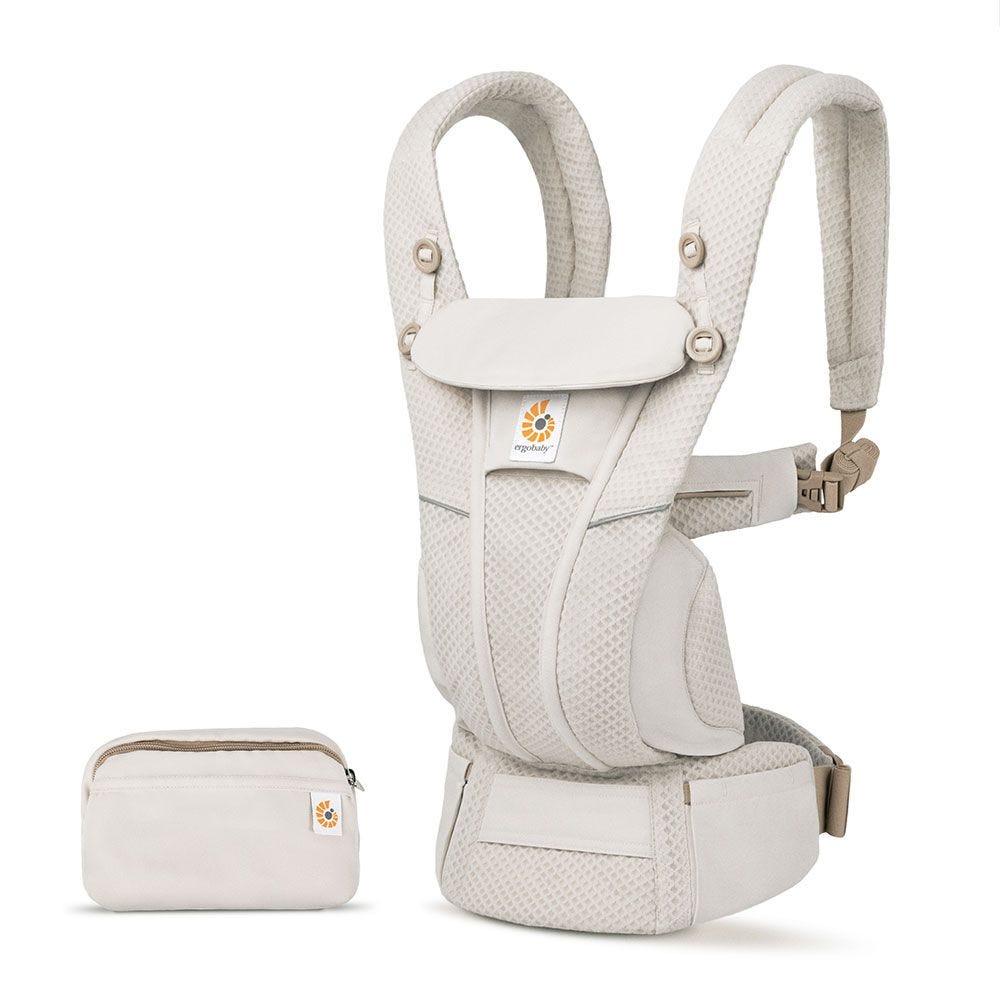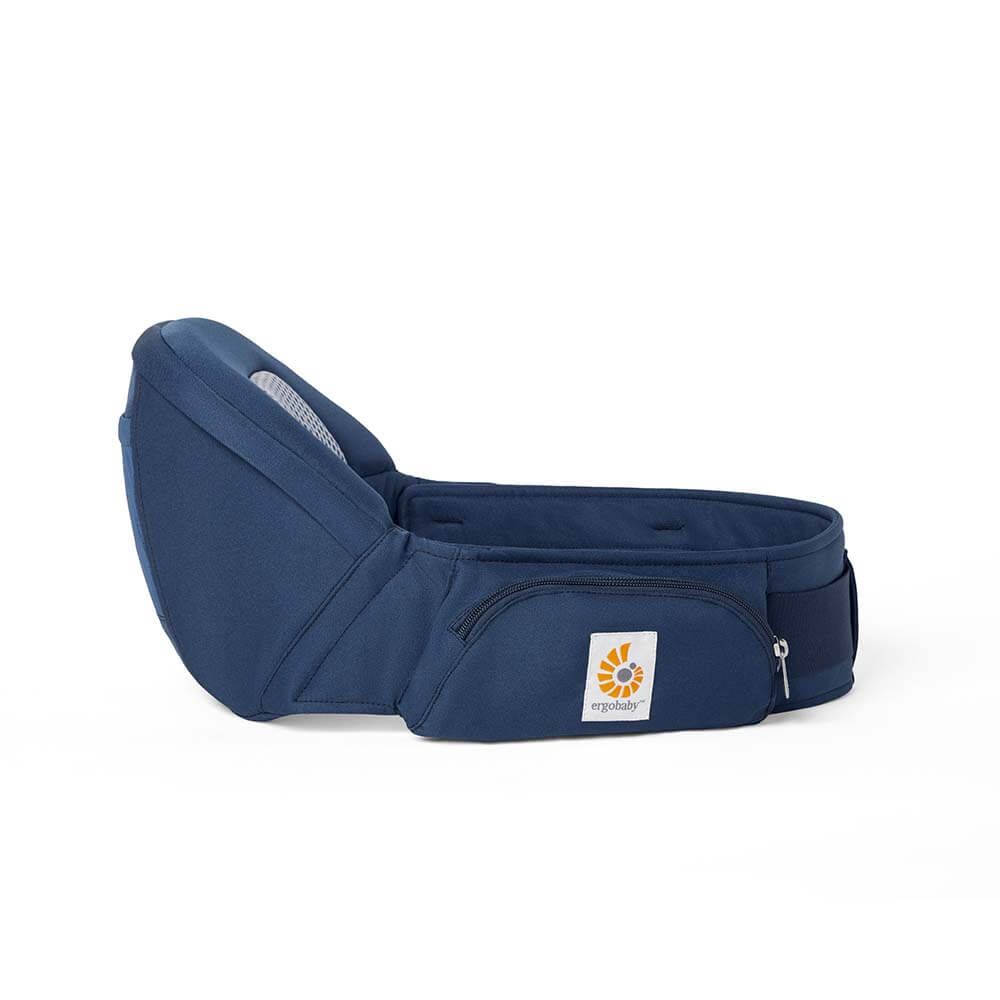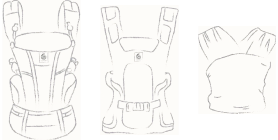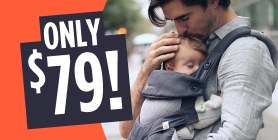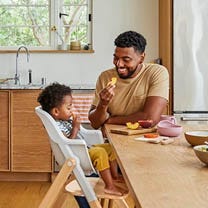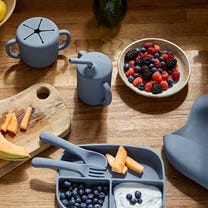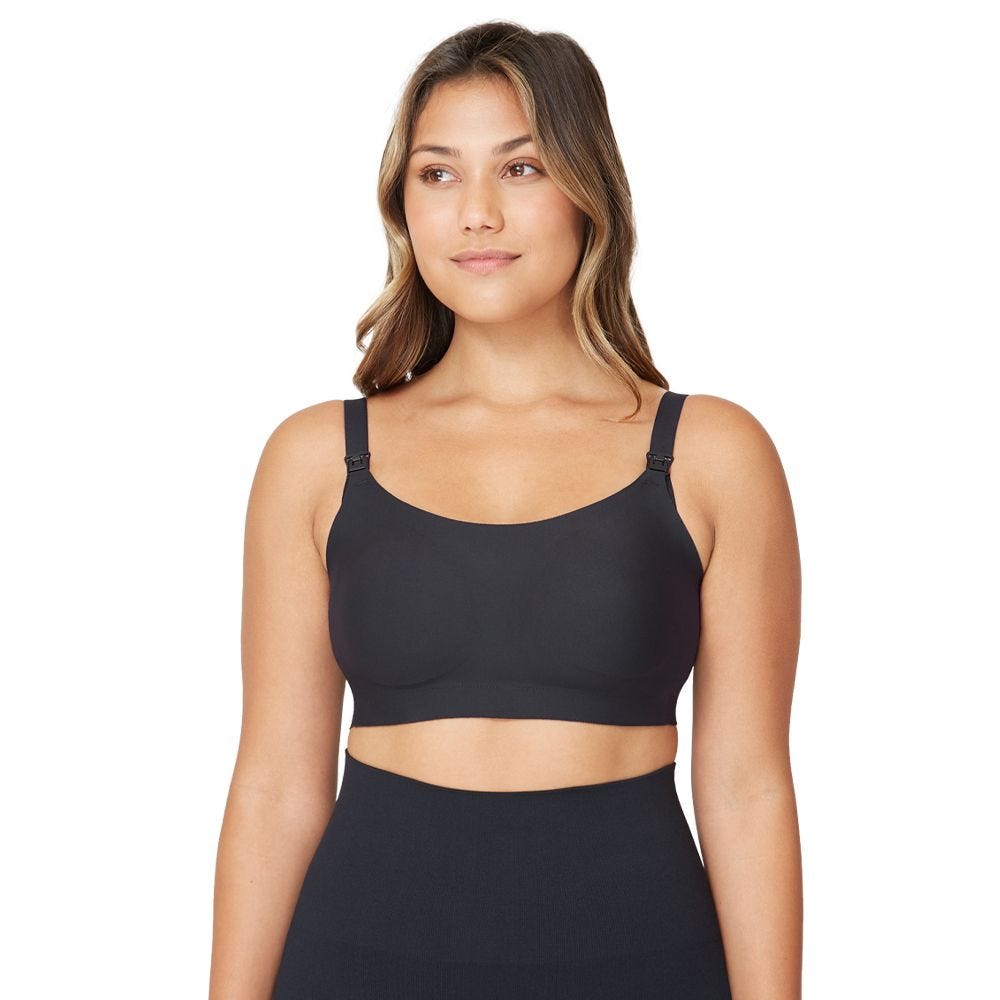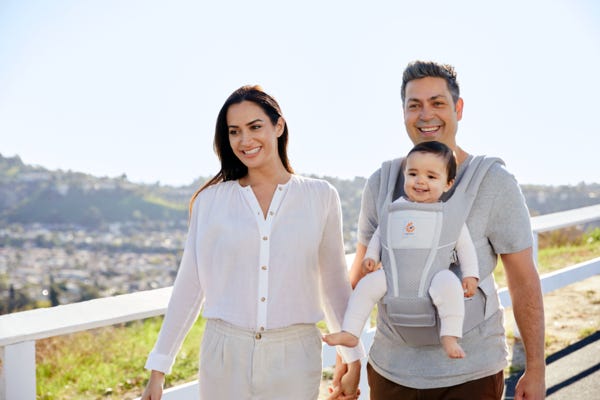
October 11, 2019
Jump to a Section:
What is a hip seat carrier?
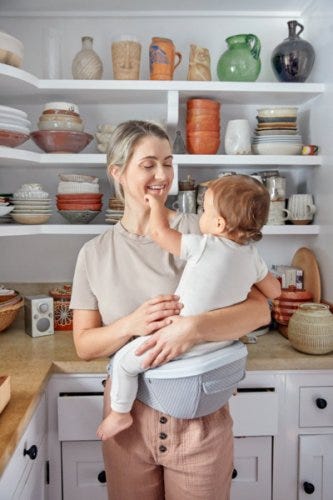 As the name suggests, a hip seat carrier is a type of carrier which allows you to hold your toddler comfortably on either side of your body in the hip carry position. Most baby wraps and soft-structured carriers feature three or more different carrying positions, one of those being the hip carry. Different parents have found this to be handy during the growing, heavier toddler days when your child is toddling about and still wants to be held and taken with you everywhere.
Most hip seat carriers have a removable panel that attaches to the hip seat's waistband. Without the panel, you can position the hip seat on either side of your waist where it’s most comfortable for you. With the back panel, you can go hands-free with your child. Hip seat carriers are not a recommended newborn carrier, but they can be used for infants and toddlers from about 6 months to 3 years old, depending on the specific carrier and its weight limit.
As the name suggests, a hip seat carrier is a type of carrier which allows you to hold your toddler comfortably on either side of your body in the hip carry position. Most baby wraps and soft-structured carriers feature three or more different carrying positions, one of those being the hip carry. Different parents have found this to be handy during the growing, heavier toddler days when your child is toddling about and still wants to be held and taken with you everywhere.
Most hip seat carriers have a removable panel that attaches to the hip seat's waistband. Without the panel, you can position the hip seat on either side of your waist where it’s most comfortable for you. With the back panel, you can go hands-free with your child. Hip seat carriers are not a recommended newborn carrier, but they can be used for infants and toddlers from about 6 months to 3 years old, depending on the specific carrier and its weight limit.
Is a hip seat good for your child?
Like other types of carriers, a hip seat is fine to use with your child as long as it properly supports and secures your child while she’s in it.Advantages of Using a Baby Hip Seat
When your child is in a hip seat, he’s held and supported in a natural position, able to see and interact with the world around him, and most importantly, he’s bonding up close with mom or dad. But children aren’t the only ones to benefit. A baby or toddler hip carrier does physical wonders for parents:Easy Ups and Downs
For all the busy little ones who love to get up and back down, the Alta Hip Seat Baby Carrier gives you a hands-free carry and an assisted one-hand hold, all in one carrier. With a quick up and down option, you can keep up with your kiddo (4-48 months) without compromising your own comfort. Improved airflow, a quieter waistband, and an ergonomic seat delivers on the world class Ergobaby quality and comfort for both caregivers and children.Helps evenly distribute your child's weight around your lower torso.
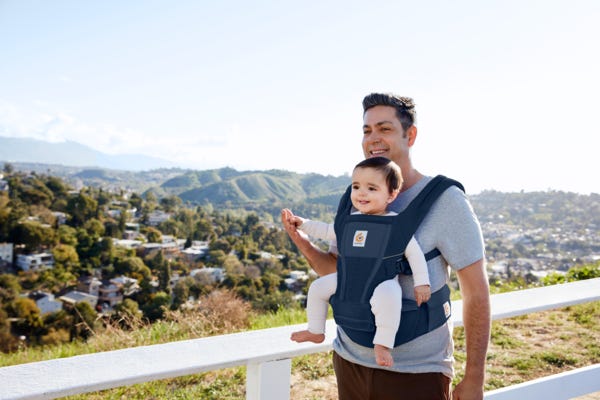 Being able to hold your child on your right or left side helps distribute her weight around your waist and pelvic region. Your hips and legs help support her weight, so there’s less pressure on your back and shoulders. This alleviates lower back pain, which some parents experience when babywearing.
Being able to hold your child on your right or left side helps distribute her weight around your waist and pelvic region. Your hips and legs help support her weight, so there’s less pressure on your back and shoulders. This alleviates lower back pain, which some parents experience when babywearing.
Babywear comfortably for longer.
Since a baby hip carrier helps lighten the burden of carrying around the weight of a baby or toddler, this means you can be more comfortable carrying your child around and will be able to carry him for longer periods of time if necessary.Ideal for those with back problems.
Many parents want to babywear, but they have a hard time because they have bad backs. Many of these parents, though, have found hip carrying to be their solution. It’s a great carrying position if you have back problems because it distributes your child’s weight to ensure there is little to no stress on your spine and back muscles.Keeps you standing upright.
A hip seat carrier makes you less top-heavy. Unlike some forward-facing carriers and backpack carriers, your hips, waist, and legs take the bulk of your child’s weight rather than your back and shoulders. You won’t be hunched over trying to hold all your kid’s weight in front or be pulled backward like you can be with most traditional back carriers, especially when carrying a toddler.What to Know Before Using a Hip Carrier
Before you begin using a baby hip carrier, there are things you should know and do to ensure you and your child are safe and comfortable.Your child should have good head and neck control.
Most carriers let you know at what age and/or weight you can use them or when you can put your child in certain carrying positions, like the hip carry. Because your child's head and neck may not be fully supported by the carrier, especially with hip-hugger carriers, you want to wait to use this type of carrier or position until your child has strong control of her head and neck. This usually happens around 6 months, but babies develop in their own time. Some babies have good head and neck control around 4 months old, while others may not until they’re 7 months old.Comfort also matters.
Get a hip seat carrier that is comfortable for you and your child. You want one which evenly distributes your child's weight, supports your body and hers, made of comfortable materials, and maybe even has padded shoulder straps or a padded lumbar support belt.Mix up which side you hold your child on.
If you only hold your baby or toddler on your right side, it can mess up your posture and also cause your right side muscles to be stronger than your left, which could mess up your balance.Practice safe babywearing.
Once your baby or toddler is in the baby hip carrier, do a safety check and double-check your:- Child's face is visible
- Child’s airway is open
- Child’s chin is off his or her chest
- Child is sitting upright, not slumped, with his or her back and neck is properly supported
- The hip carrier is tight on you and holds your child close against your body.

